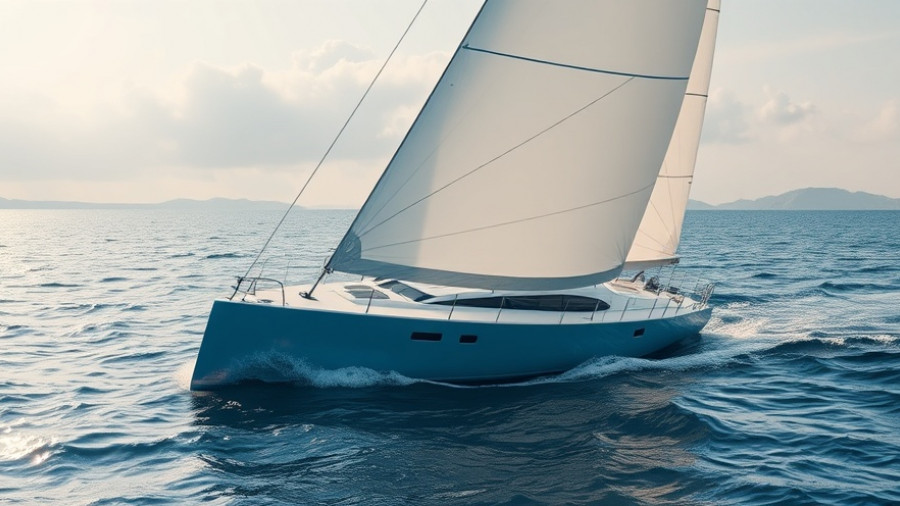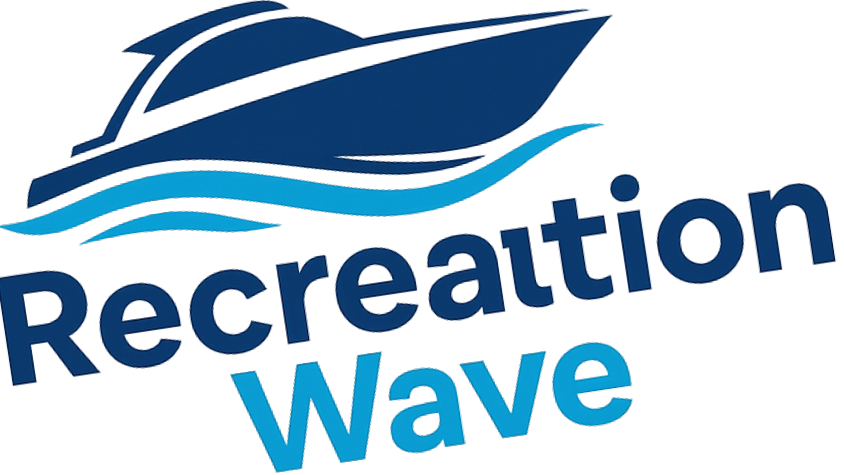
Understanding Depth Sensor Calibration: Why It Matters
A day out sailing should be exhilarating, filled with fresh air and thrilling adventures. Yet, as Mark Chisnell learned on the waters near Hill Head, it can quickly turn disastrous if your depth sensor calibration is off. Imagine leading a race, confidently navigating toward a mark when suddenly, your boat hits the bottom. Such experiences highlight the importance of trusting your instruments—and how a minute calibration error can lead to significant consequences.
Common Calibration Errors and Their Impact
Calibration errors can occur easily, especially when a boat’s instrument system has recently been updated. When Mark's new system was installed, old calibration values were transferred without thorough checks. The result? An improper reading of the water depth. Instead of warning him of shallow water, the depth sensor provided an erroneous figure of 5m, convincing him they were safe to sail on.
This incident isn't isolated; many sailors face a similar challenge. Whether in crowded marinas or navigating through varied seabeds, depth finders can produce erratic readings. Choosing a calm day, away from traffic, for calibration helps minimize these risks. The right environment can mean the difference between a thrilling race and a grounding incident.
How to Calibrate Your Depth Sensor Correctly
Calibration begins with understanding what you want to measure: depth from the waterline or depth under the keel. The calibration offset is crucial, as this dictates whether the boat reads the depth accurately. To calibrate:
- Choose a solid seabed: Search for clear, deep water—muddy bottoms can confuse depth readings.
- Use a measured line or leadline: Drop an improvised weight to the seabed, marking the distance from the waterline to the bottom. If you know how far beneath the waterline your depth sensor is, you can accurately set the calibration.
- Adjust using measured depth: Subtract the distance from your sensor to the keel. Always verify that you're entering the sign correctly; mistakes can easily turn a small error into a major issue!
Actionable Insights for Sailors
As you prepare for your next sailing adventure, here are some tips to keep in mind:
- Perform routine checks: Before setting sail, always confirm that the calibrations for depth, wind angle, and boat speed are accurate. This is especially crucial after making updates to your instruments.
- Understand your system: Get familiar with how your depth sensor works. Knowing how to interpret the readings can save you from unplanned stops or grounding.
- Learn from experiences: Share stories with fellow sailors. Learning from another's grounding incident could spare you a similar fate.
The Human Element: Trusting Your Tools
Sailing requires a blend of skill, intuition, and trust in your instruments. An effective calibration ensures that what your instruments tell you aligns with what’s really happening below the boat. Don't take chances; always double-check before you leave the dock!
As you equip yourself with the knowledge of proper depth sensor calibration, you safeguard not just your vessel but your crew's safety and enjoyment of the sea. Wouldn’t it feel great to share stories of your adventures without the burden of what-ifs?
If you’re in the market for upgrades, consider investing in advanced instruments with better calibration routines to enhance your sailing experience.
 Add Row
Add Row  Add
Add 




Write A Comment